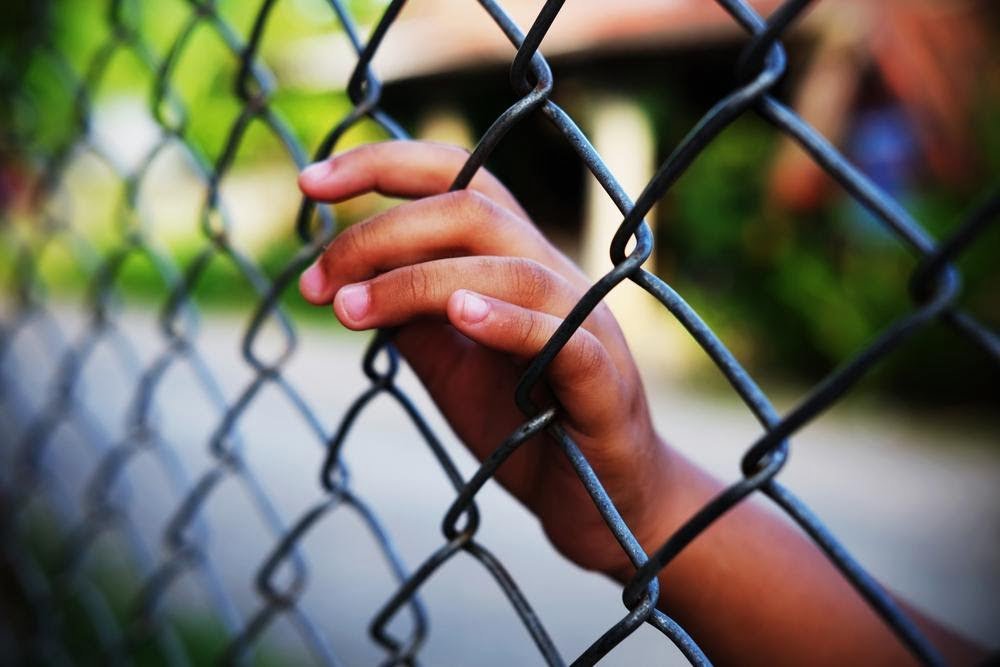If you commit a crime in Singapore and are charged before the court, you will have the option to plead guilty or defend your case at trial. If you choose to plead guilty or are found guilty at the end of a trial, the court will decide on an appropriate sentence – or punishment – that is fair and just. As part of this process, the court will weigh up a number of factors including the nature of the crime, any previous convictions, whether or not you pleaded guilty and the arguments made by lawyers acting for the prosecution and defence.
There are many different types of punishments used in criminal law, and it’s helpful to understand the sentencing guidelines in Singapore so you are aware of how the court will reach a decision. It’s also important to know the goals of sentencing in criminal law:
- Retribution: To punish the offender in line with the nature of the crime and their culpability.
- Deterrence: To both discourage others from committing similar crimes and discourage the criminal themselves from reoffending.
- Prevention: To prevent the offender from causing further harm through imprisonment and similar sentences.
- Rehabilitation: To reform the offender where possible and encourage a smooth transition back into the community after the sentence has been served.
6 Examples of Criminal Sentences
1. Imprisonment
Imprisonment is a common form of punishment for moderate to severe crimes, with sentences ranging from short-term to life. An offender can apply for an appeal to have the sentence reviewed in order for it to be reduced or have the conviction overturned entirely.
2. Fine

Fines are a common sentence for minor offences, such as traffic violations, but can also be used in combination with other punishments. Any monetary penalty must be paid to avoid a jail term or additional punishment, but you can apply to pay the fine in instalments at the discretion of the judge.
3. Caning
Caning is a unique punishment used in Singapore that may be unfamiliar to offenders from overseas. The court can only sentence caning for male offenders under 50 years of age to a maximum of 24 strokes, while those ineligible for caning may be given a longer prison sentence instead.
4. Probation
Probation is sometimes sentenced as an alternative to imprisonment or for younger offenders, whereby the offender can continue living a normal life as long as they do not reoffend. They must also comply with conditions set out by the court, which may include curfews, community service and regular meetings with a probation officer.
5. Preventive Detention Order
A preventative detention order is similar to imprisonment and is used in severe cases when the court believes the public needs protection from an offender. The main difference is that preventative detention is served over 7 to 20 years in three stages:
- First stage: Offender is jailed as per a normal imprisonment sentence.
- Second stage: Offender is separated from prisoners but given the opportunity to earn extra privileges.
- Third stage: Offender lives under modified security and is given industrial and social training to assist with the transition back to normal life. May be released under certain conditions for a specific period of time.
6. Corrective training

An alternative to standard imprisonment, corrective training sees the offender sentenced to 5 to 14 years in prison with a focus on providing training in order to correct specific behaviour. This sentence is mostly given to repeat offenders over 18 years old, while a similar sentence known as reformative training may be considered for offenders aged 16 to 21.
Need legal advice? Our experienced criminal defence lawyers can ensure you receive the fairest possible outcome. Get in touch now to find out more.


 We Answer 5 Frequently Asked Questions About Common Criminal Offences in Singapore
We Answer 5 Frequently Asked Questions About Common Criminal Offences in Singapore